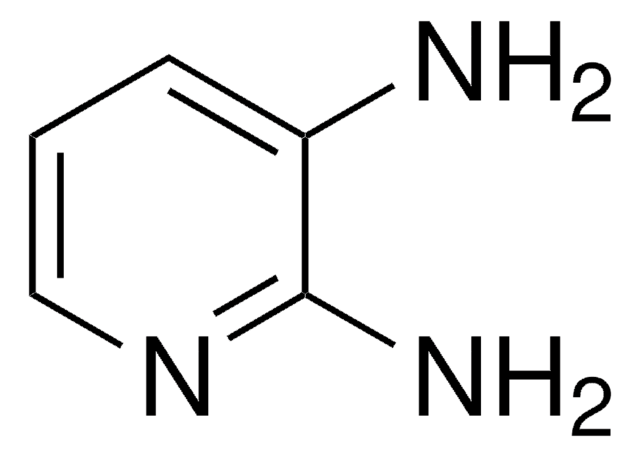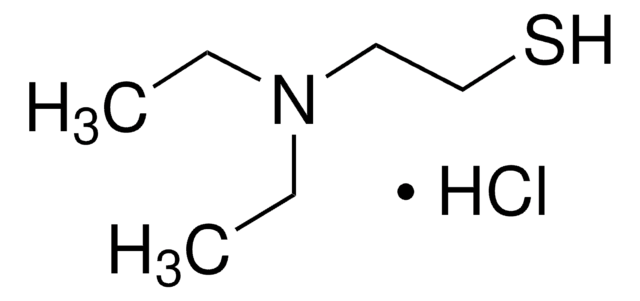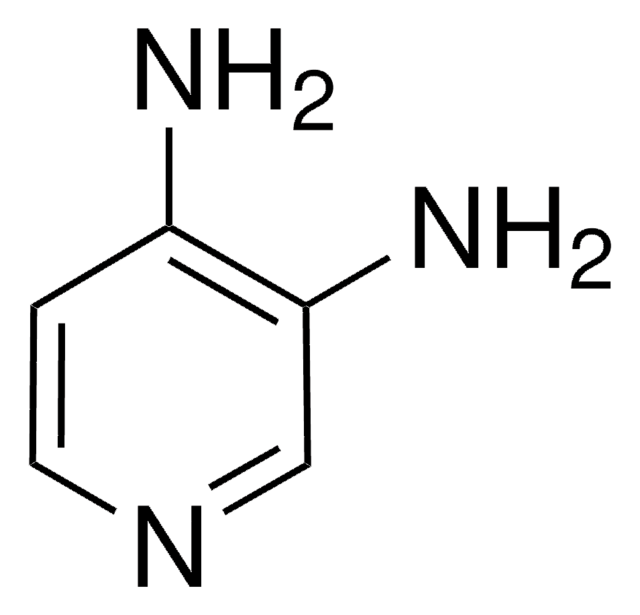416835
4-Phenyl-1,2,3,6-tetrahydropyridine hydrochloride
technical grade
About This Item
Recommended Products
grade
technical grade
form
solid
mp
202-203.5 °C (lit.)
functional group
phenyl
SMILES string
Cl[H].C1CC(=CCN1)c2ccccc2
InChI
1S/C11H13N.ClH/c1-2-4-10(5-3-1)11-6-8-12-9-7-11;/h1-6,12H,7-9H2;1H
InChI key
POGWXTJNUCZEPR-UHFFFAOYSA-N
Looking for similar products? Visit Product Comparison Guide
General description
signalword
Danger
hcodes
Hazard Classifications
Acute Tox. 3 Dermal - Acute Tox. 3 Inhalation - Acute Tox. 3 Oral - Carc. 2
Storage Class
6.1C - Combustible acute toxic Cat.3 / toxic compounds or compounds which causing chronic effects
wgk_germany
WGK 3
flash_point_f
Not applicable
flash_point_c
Not applicable
ppe
Eyeshields, Faceshields, Gloves, type P3 (EN 143) respirator cartridges
Choose from one of the most recent versions:
Certificates of Analysis (COA)
Don't see the Right Version?
If you require a particular version, you can look up a specific certificate by the Lot or Batch number.
Already Own This Product?
Find documentation for the products that you have recently purchased in the Document Library.
Our team of scientists has experience in all areas of research including Life Science, Material Science, Chemical Synthesis, Chromatography, Analytical and many others.
Contact Technical Service










